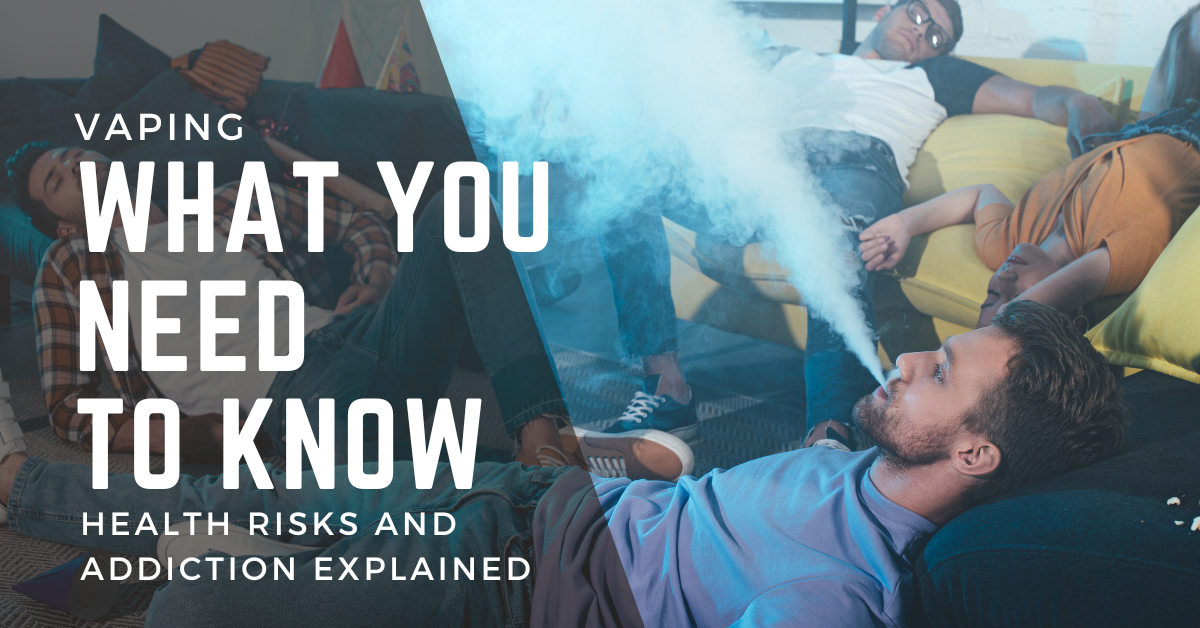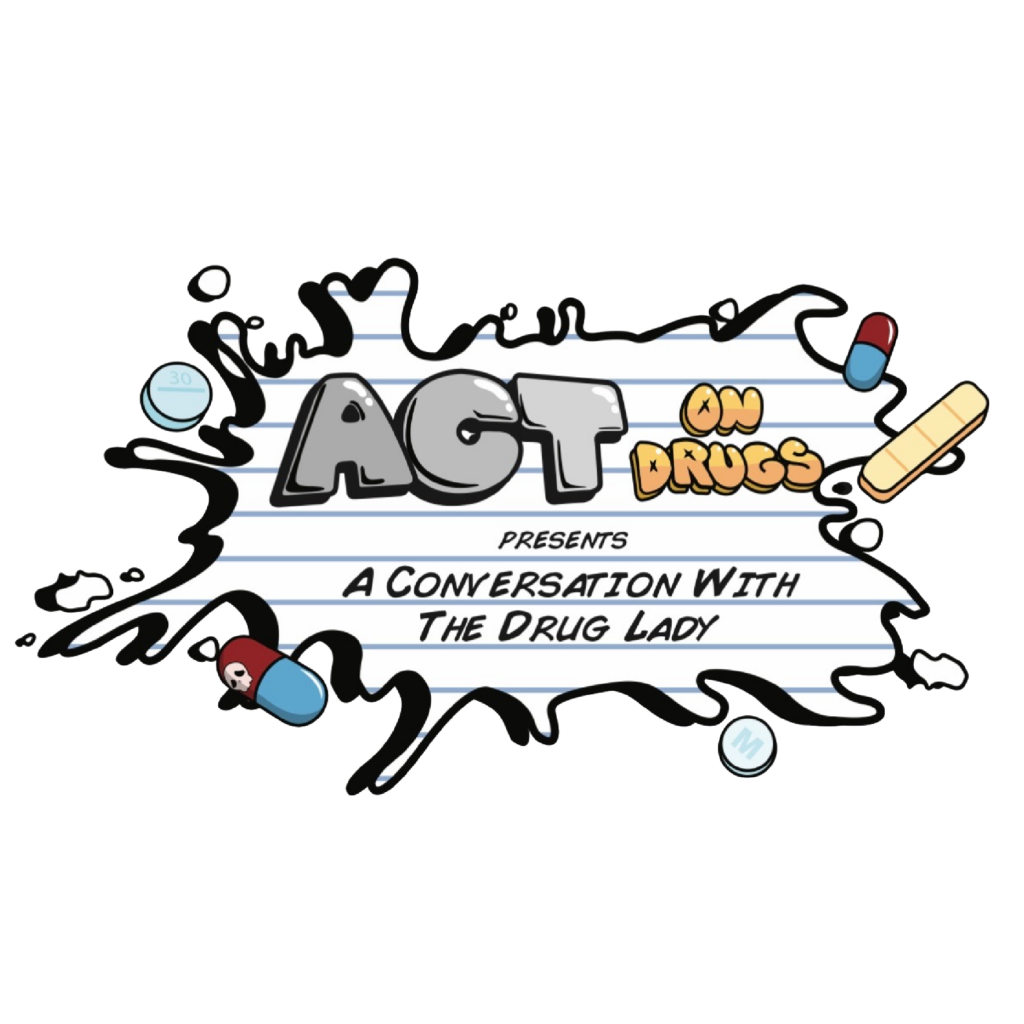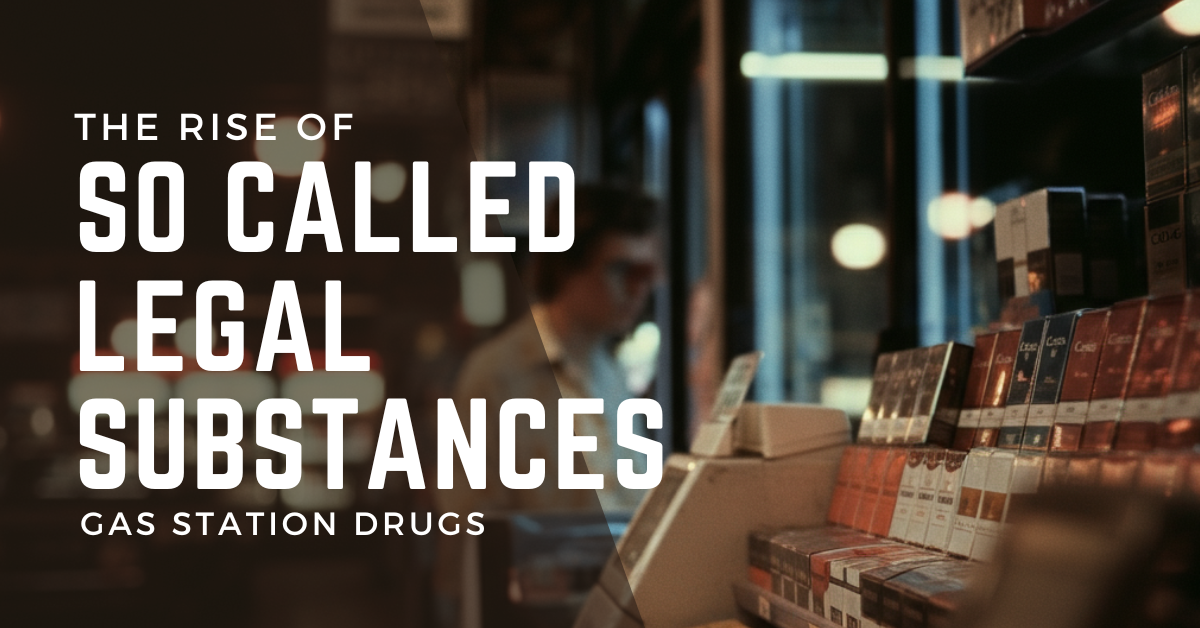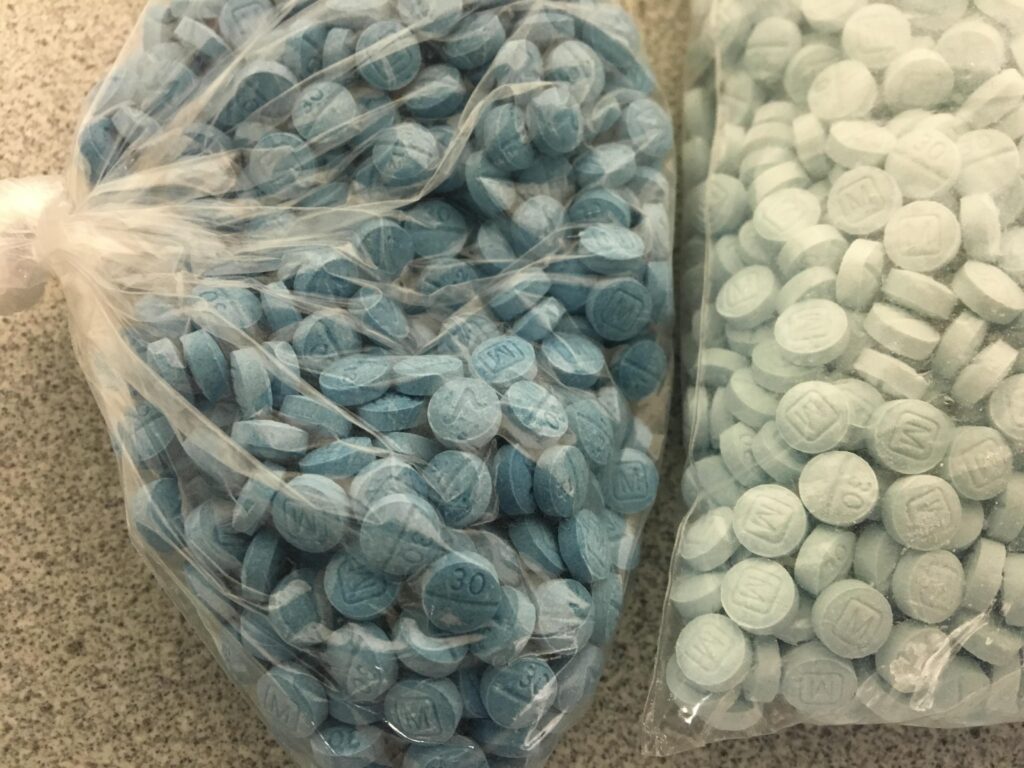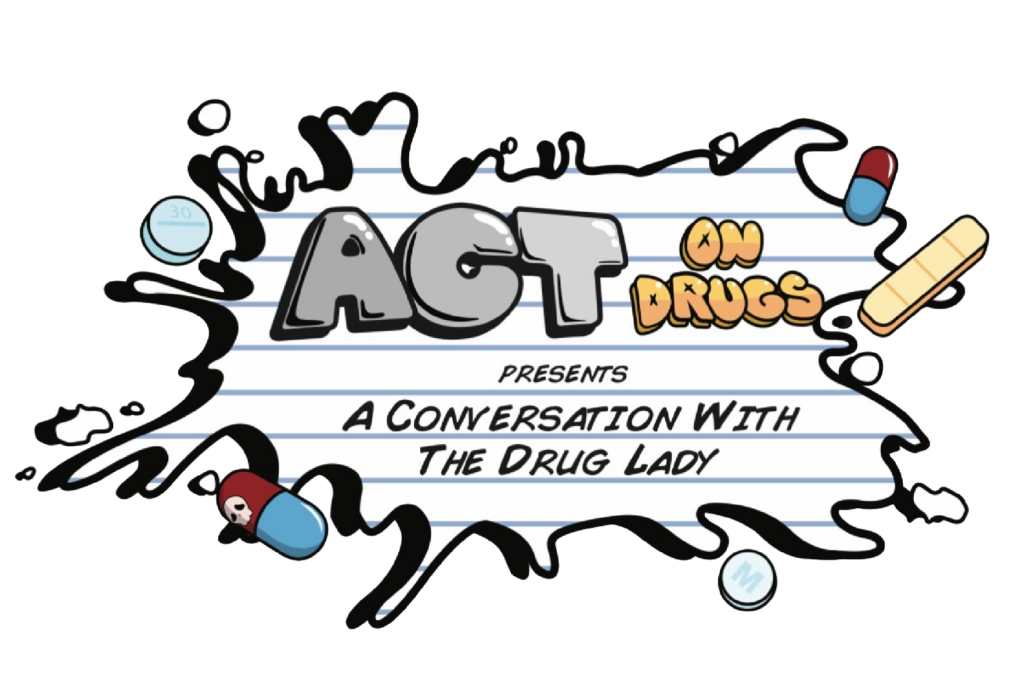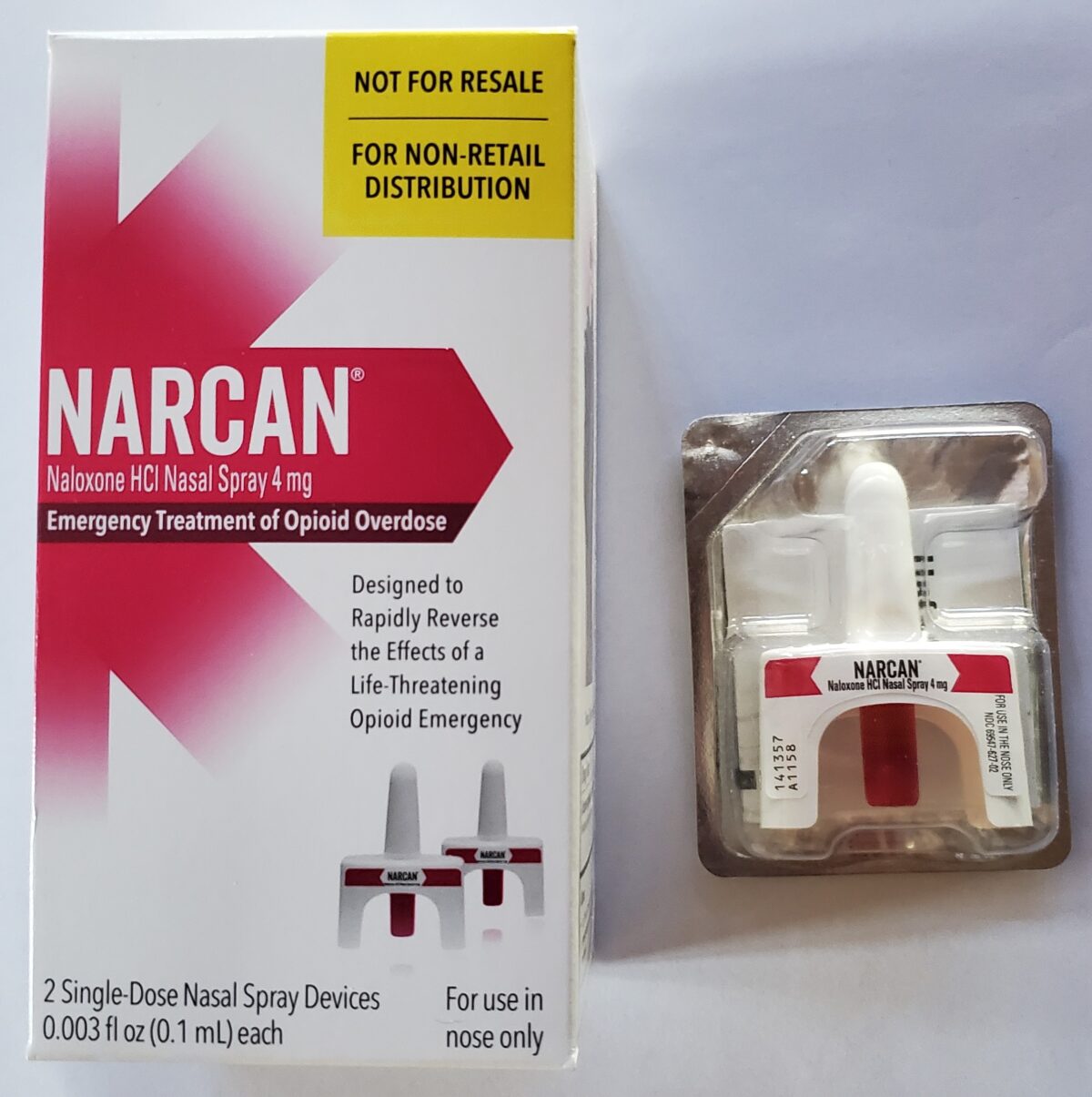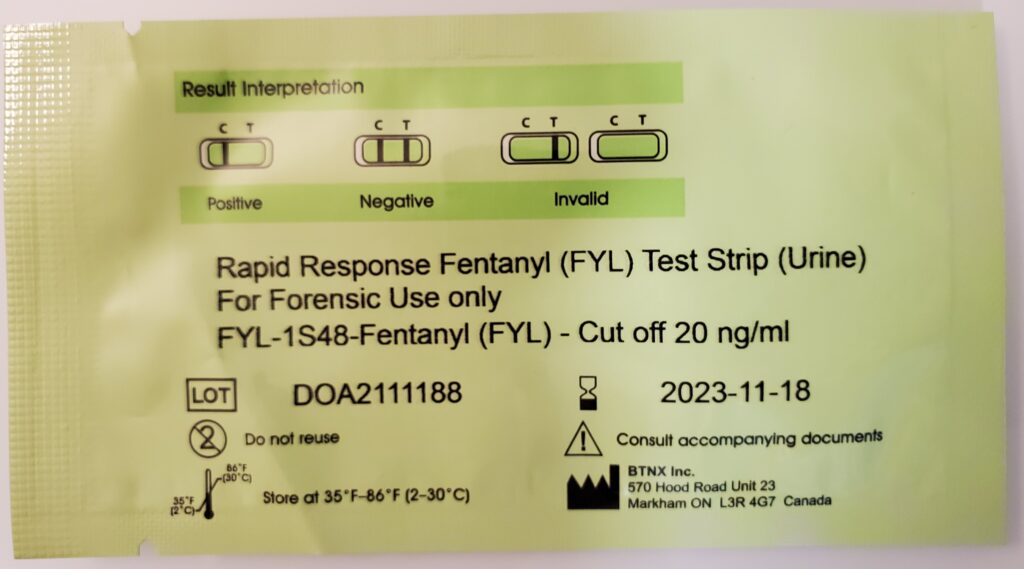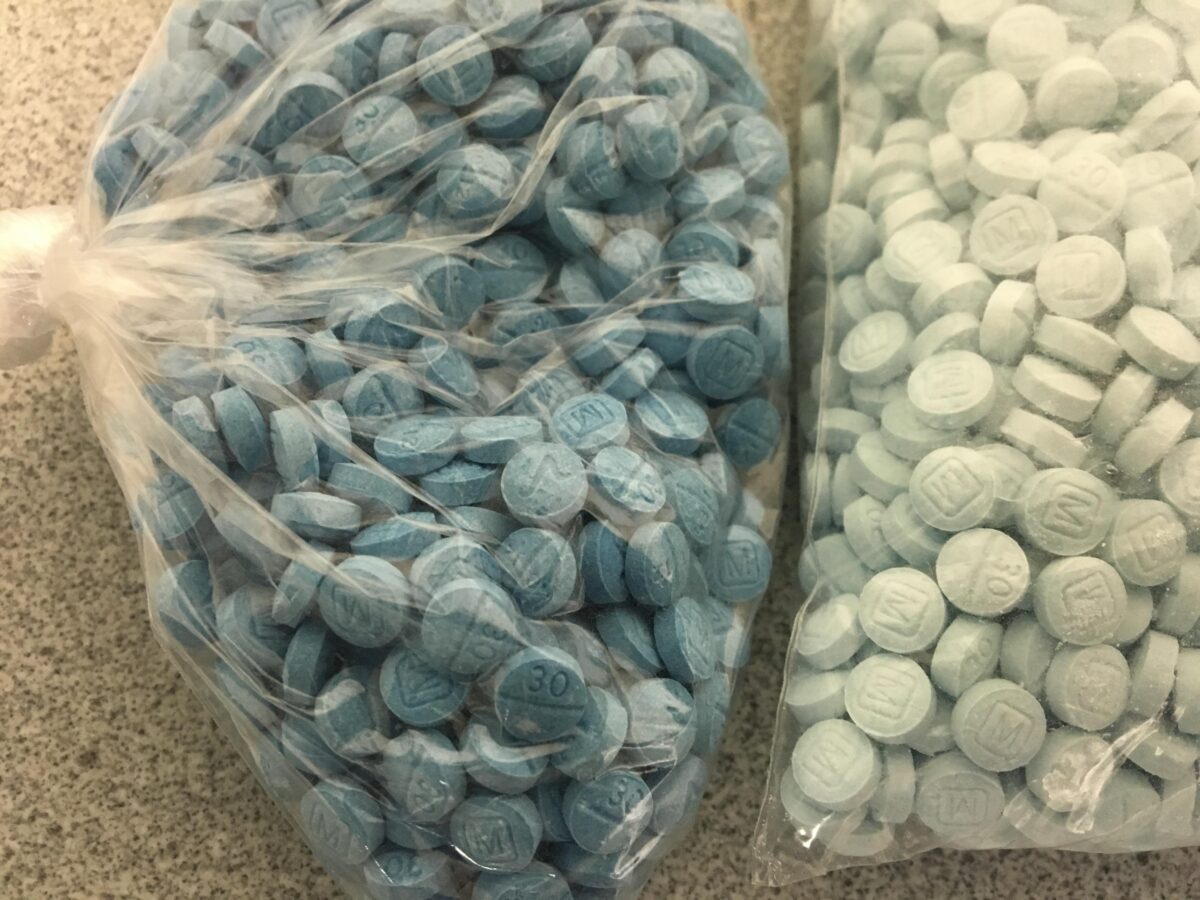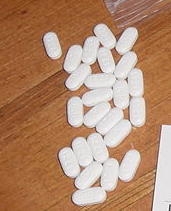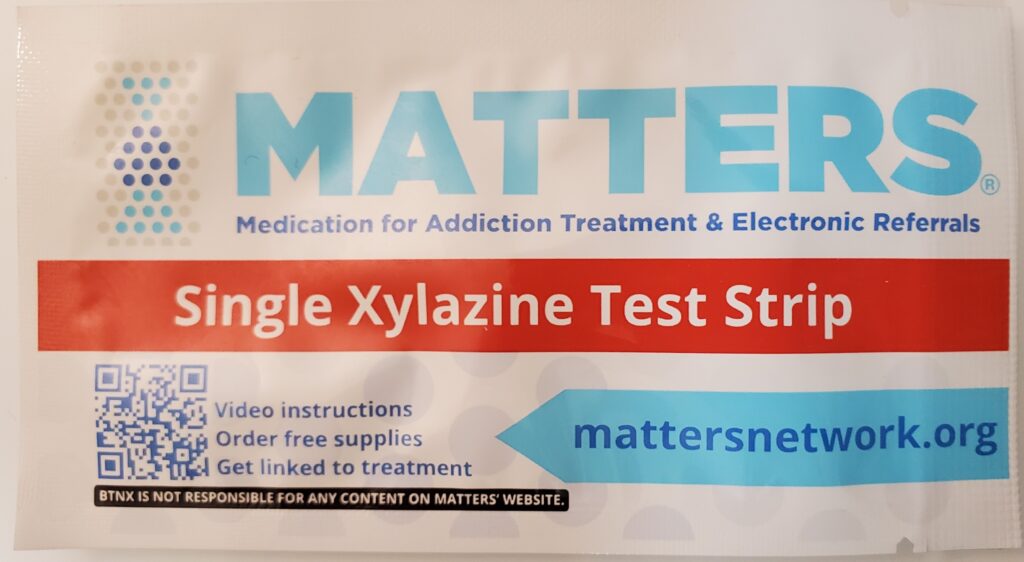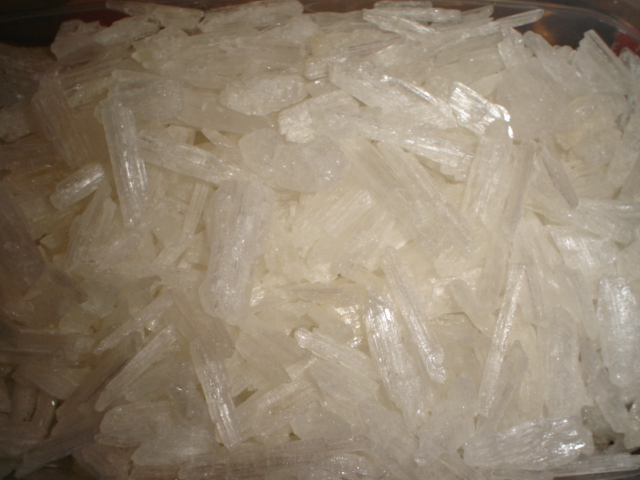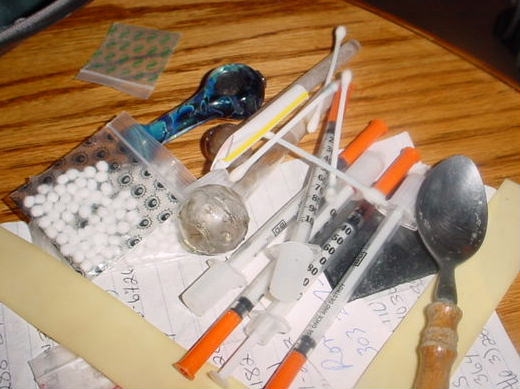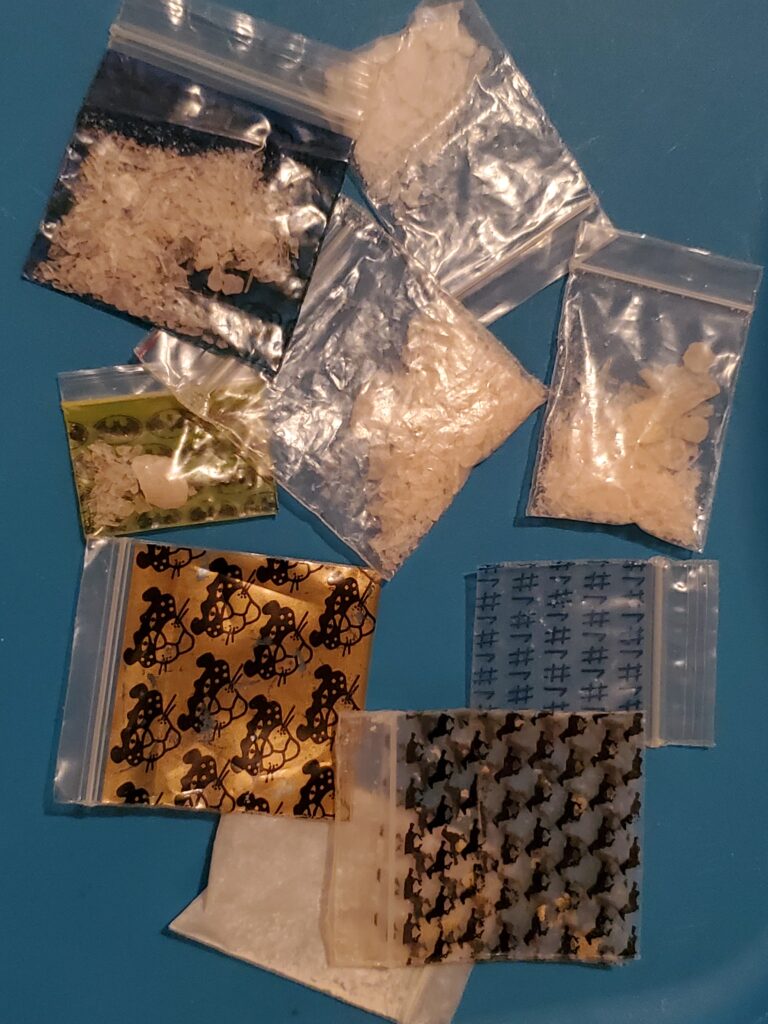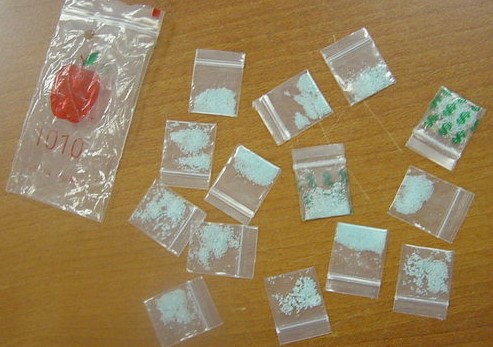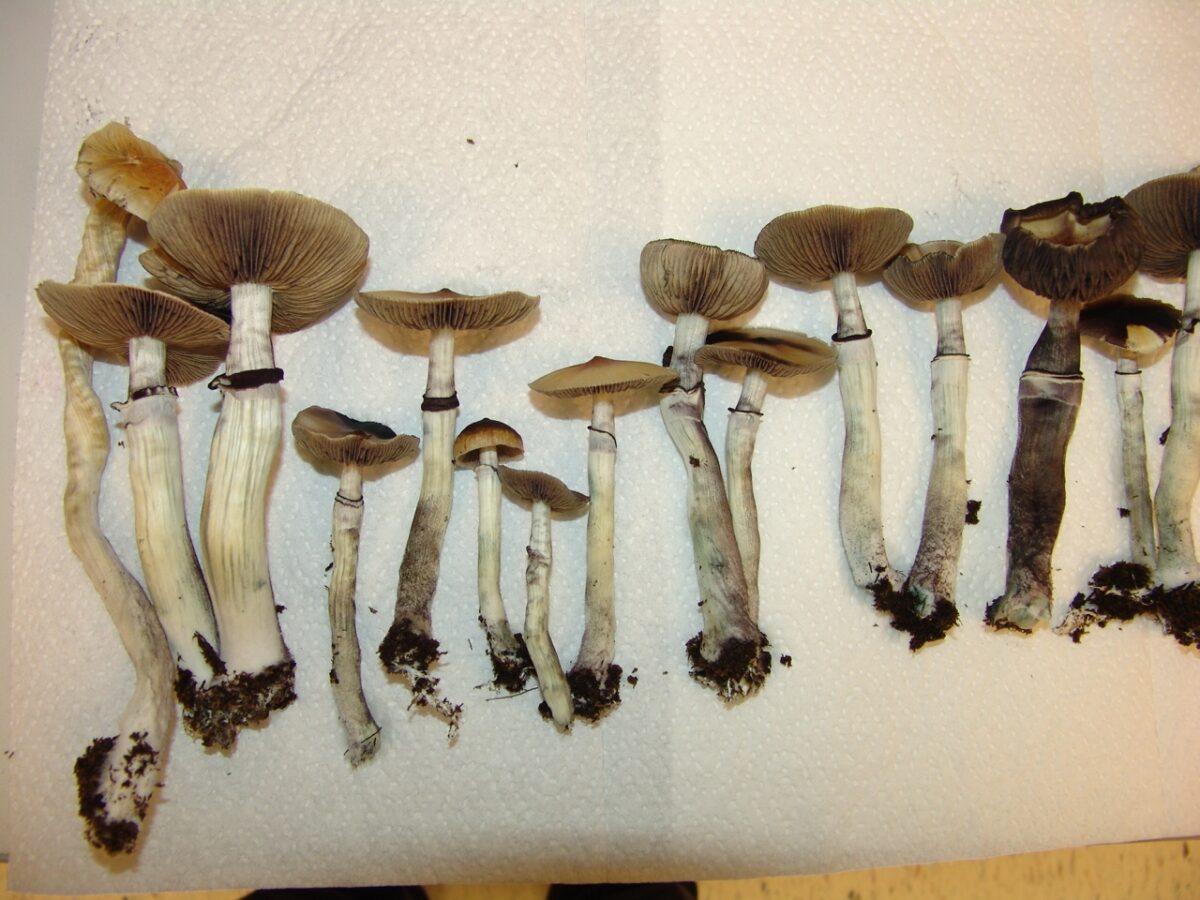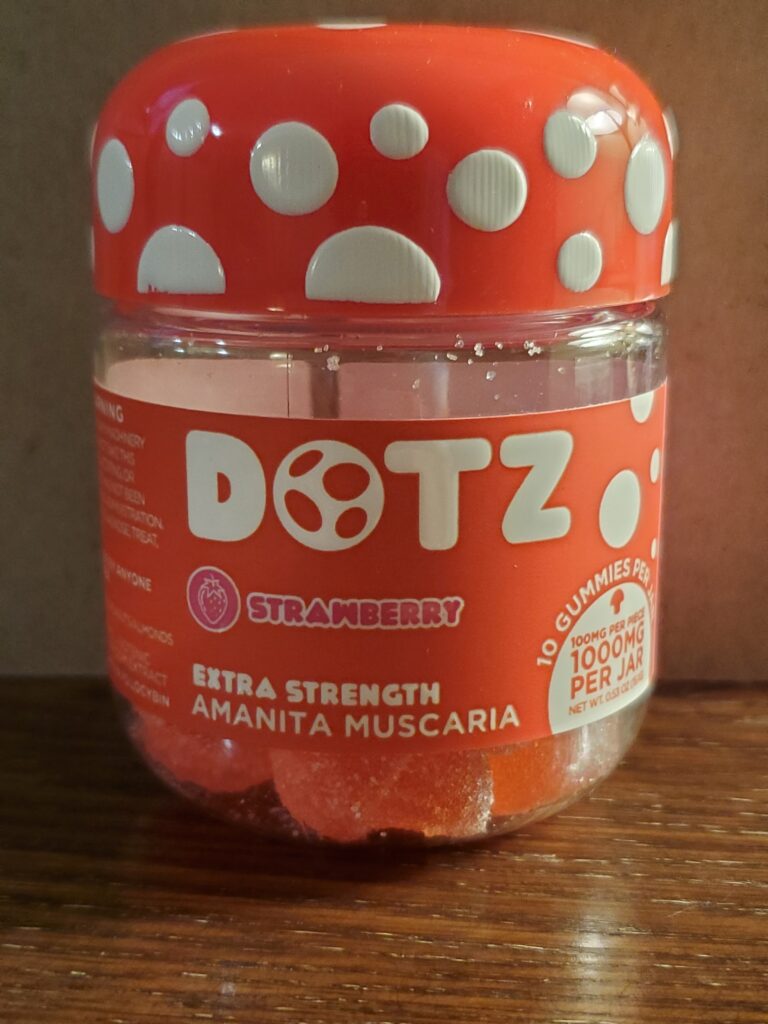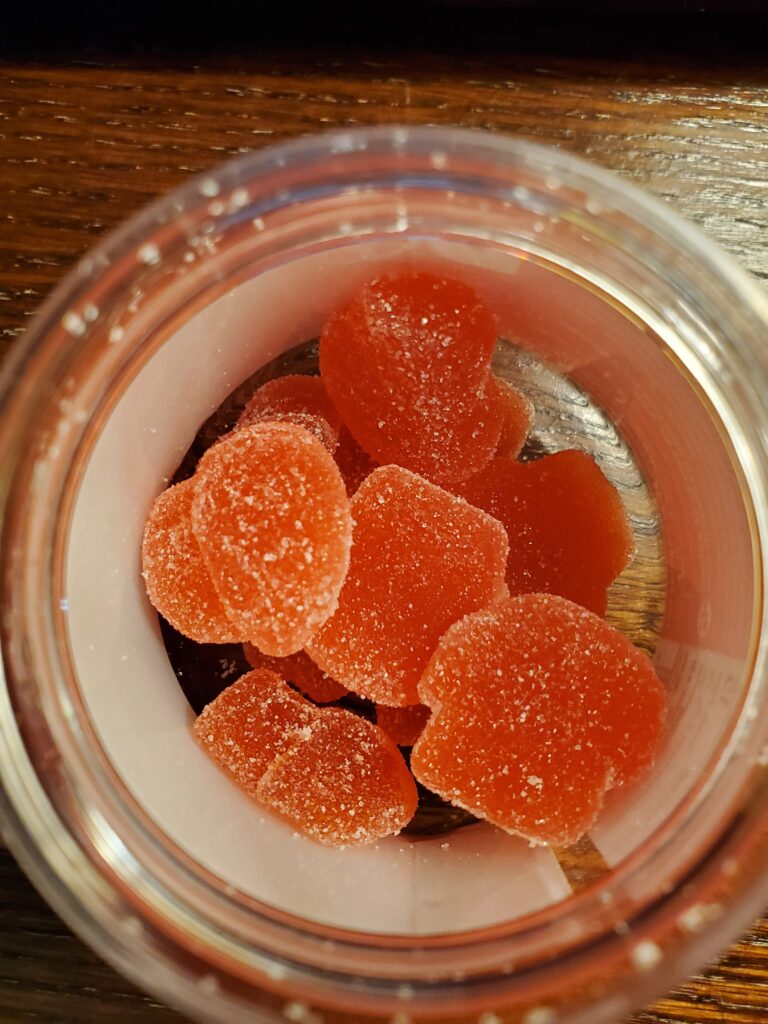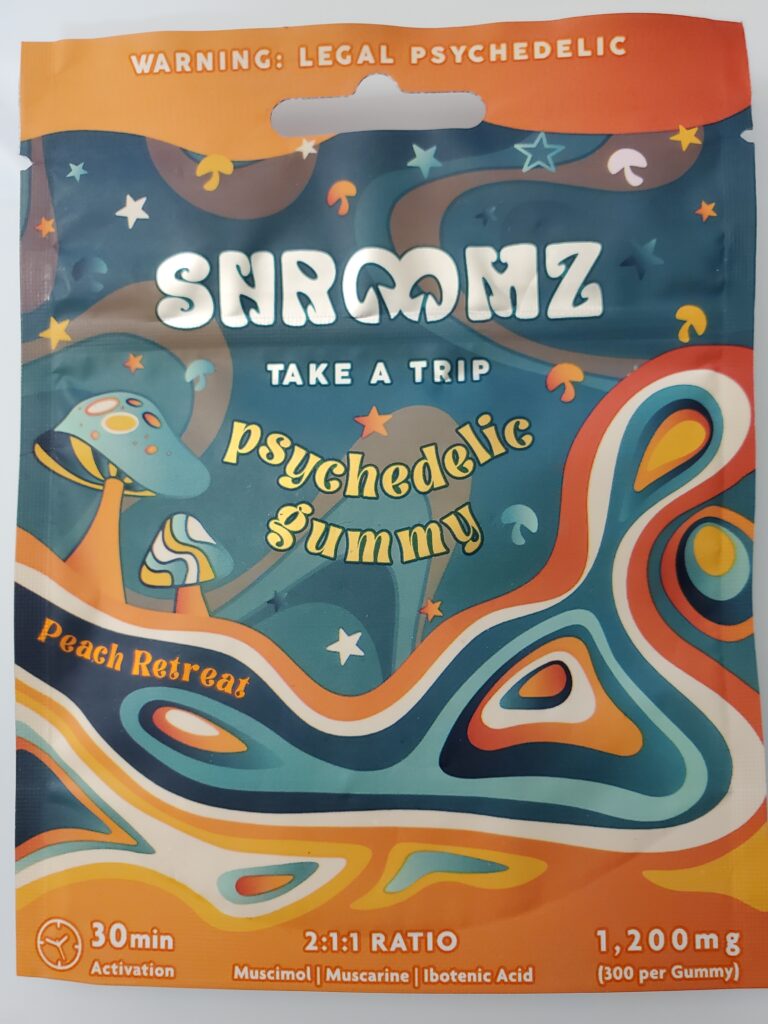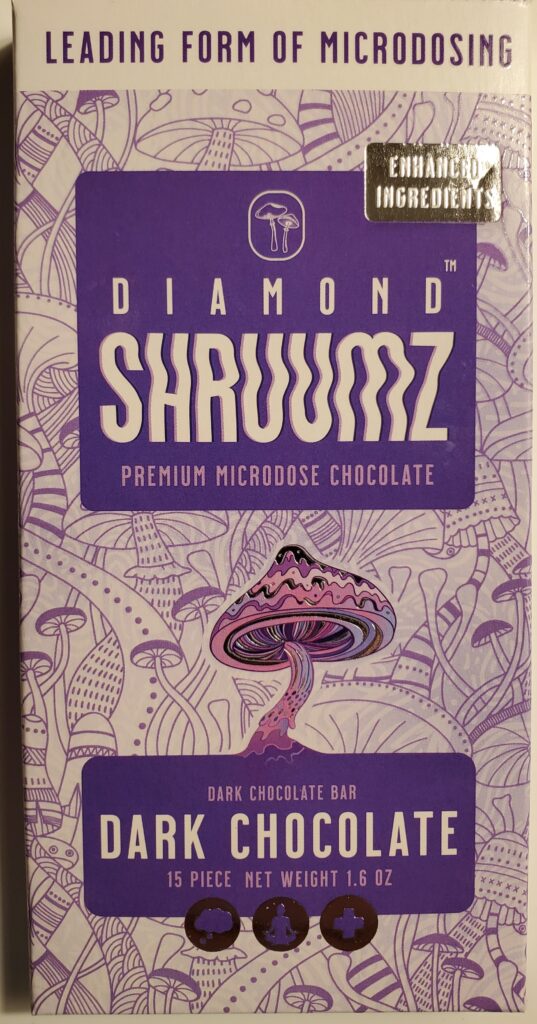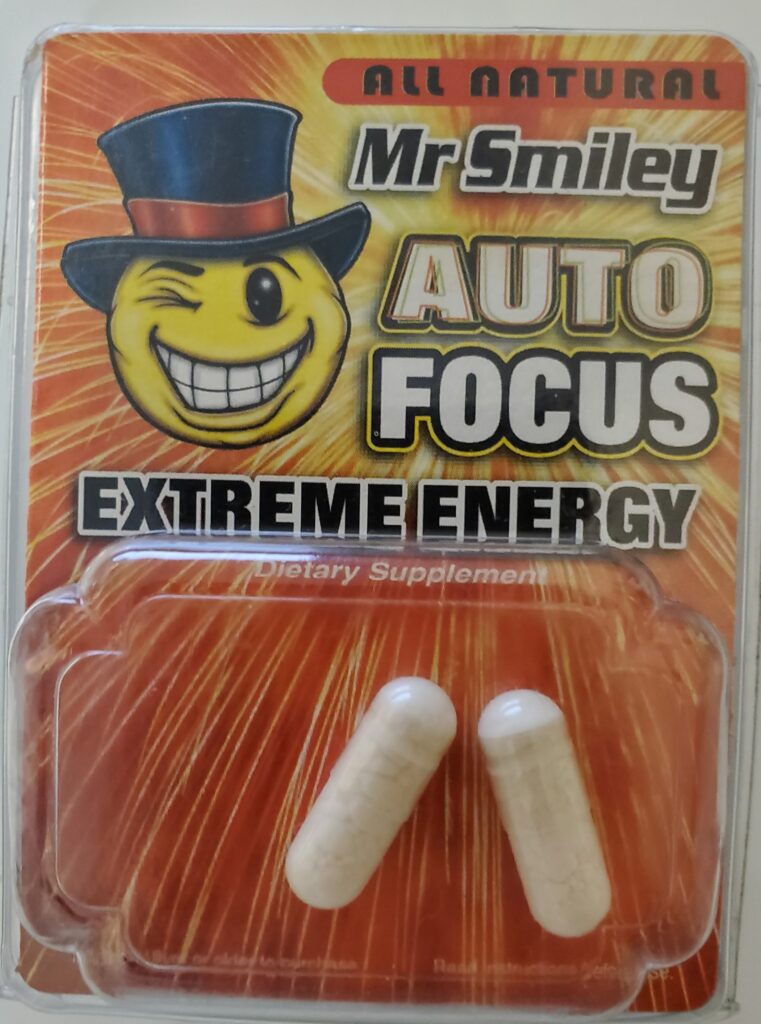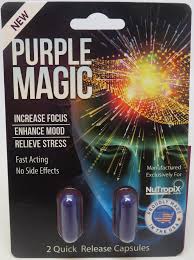Vaping: What You Need to Know, Health Risks and Addiction Explained
Vaping poses significant health risks due to the inhalation of aerosols containing harmful chemicals, including nicotine, carcinogens, and ultra-fine particles. While often marketed as a safer alternative to smoking, studies demonstrate that vaping can lead to nicotine addiction, respiratory illnesses like EVALI (e-cigarette, or vaping, product use-associated lung injury), and cardiovascular problems. The dangers extend beyond the user, with secondhand and thirdhand exposure to vape aerosols also posing health risks. Notably, the adolescent brain is particularly vulnerable to nicotine’s effects, and the long-term health consequences of vaping are still being investigated.
What is Vaping?
Vaping is the inhaling of a vapor created by an e-cigarette filled with a liquid that may contain nicotine, flavorings and other chemicals. The liquid is heated into a vapor by a self-contained battery and inhaled. These products are filled with liquids called E-drops, E-liquid, or E-juice and are battery powered to heat and convert the liquid to a vapor, resembling cigarette smoke. These liquids may contain nicotine, flavorings, marijuana (dabs) and other chemicals. Many labels and ads for these products often claim that users can enjoy the same taste without the harmful effects of tobacco. This is not true. There are no studies showing that vaping is a safer alternative to cigarettes, or marijuana. People are vaping everything from nicotine, caffeine, marijuana, synthetic THC (delta 8, D11, THCO, etc.), DMT, and Melatonin, to name a few.
E-Liquids, Nicotine, and Harmful Chemicals
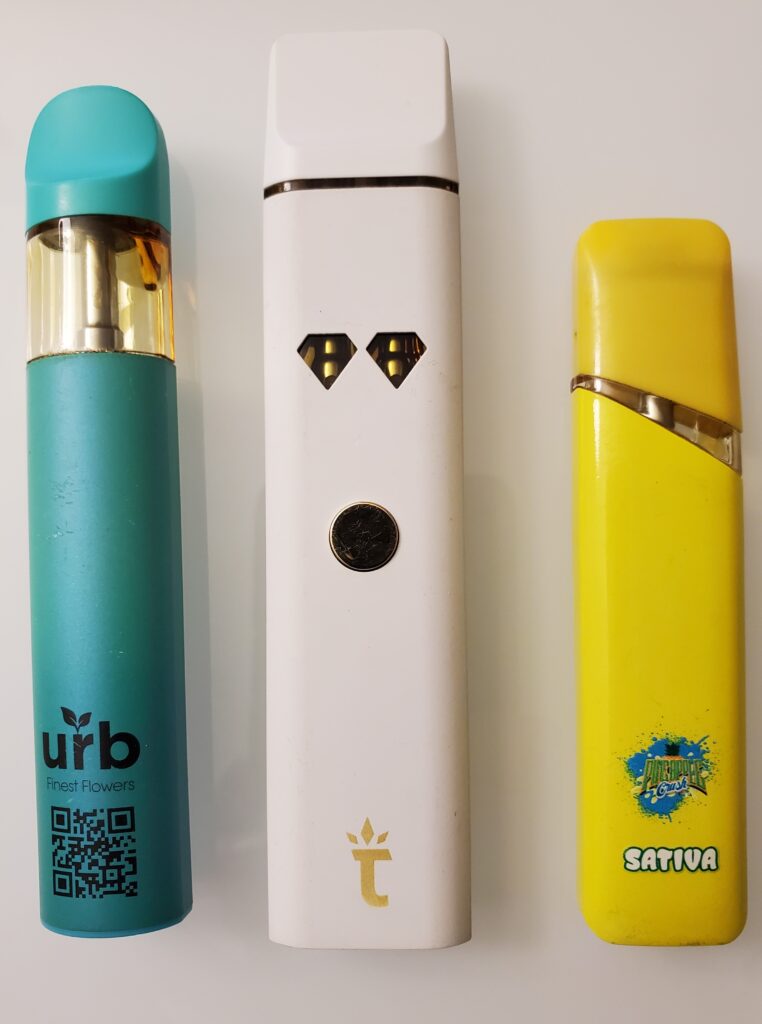
Various chemicals and ultra-fine particles known to be carcinogenic and/or to cause respiratory or cardiac disease have been identified in e-cigarette aerosols, cartridges, and refill liquids. Diacetyl 2,3-pentanedione and acetoin have been identified in more than 75% of flavored e-cigarettes and are linked to cases of severe respiratory disease (Allen JG, Environ Health Perspect. 2016 Jun 124(6)733).
High Nicotine Content and Health Risks from Vaping
Disposable vapes are available and disguised to not look like vapes. They can be small and easily fit inside the palm of the hand and are easy to hide. These products contain 200 – 30,000 puffs per device. The 2500 puff vapes are very popular and contain the amount of nicotine in 12.5 packs of cigarettes. As a result, there is a real risk of developing nicotine poisoning, “Nic- Sick.”
The CDC warns that 50-60 mg of nicotine is a deadly dose for a 159-pound person. A 20 ml vape may contain 40 mg or the equivalent of smoking 1-2 packs of 20 cigarettes each. However, nicotine poisoning is rare, but becoming “Nic-Sick” from vaping is not. The symptoms of being “Nic-Sick” include nausea, vomiting, dizziness, rapid heartbeat and headaches. Drinking water and exercising may shorten the symptoms.
Vaping and Teen Brain Development: Risks to Memory and Learning
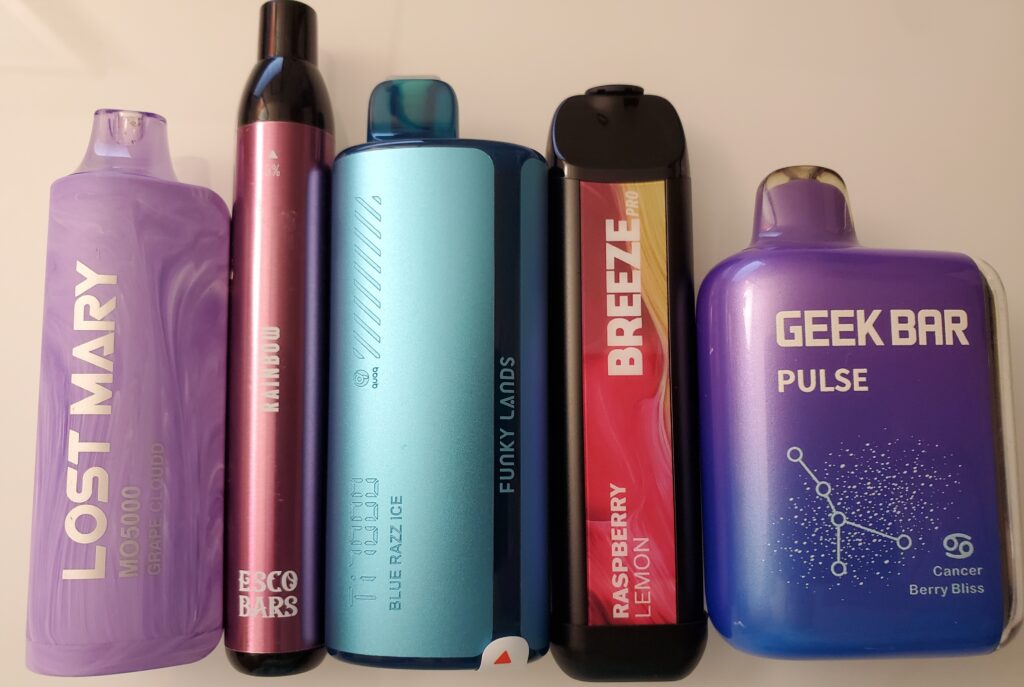
There are other risks in teens exposed to excess nicotine by vaping. The adolescent brain is extremely sensitive to the effects of nicotine which interferes with memory, attention processing, learning, mood, and impulse control. Using nicotine in adolescence may also increase risk for future addiction to nicotine and other drugs.
EVALI Explained: Vitamin E Acetate and Vaping Lung Damage
In mid-2019, a new respiratory illness was described in vaping teens. It has been labeled EVALI (e-cig/vaping associated lung injury). (Kalininskiy A. Lancet Respir Med, 2019 Dec; 7(12):1017) Vitamin E acetate found in vaping substances is strongly linked to many of the EVALI outbreaks and has been isolated from lung fluid samples in EVALI patients from geographically diverse areas. (Lal A. Am J Med 2020 May;133(5): e204) Vitamin E acetate has not been found in the lung fluid samples of people that do not have EVALI. As of February 2020, the Centers for Disease Control and Prevention tallied over 2,807 cases of vaping related illnesses with 68 confirmed deaths. (https://cdc.gov>e-cigarettes>severe-lung-disease, retrieved 05/18/2021) Over 82% of hospitalized patients report vaping THC, with 33% exclusively using THC. (www.cdc.gov. 28 October 2019. Retrieved June 19, 2020) Vitamin E acetate is found in post-mortem lung tissue samples of EVALI patients. Vaping vitamin E acetate produces a vapor of ultra-fine heated oil particulates that are absorbed deep into lung tissue causing inflammation of the lining of the lungs. The inflammation interferes with oxygenating the blood resulting in significant breathing problems. Many ill teens require mechanical ventilators until the inflammation subsides.
Secondhand and Thirdhand Vape Exposure Risks
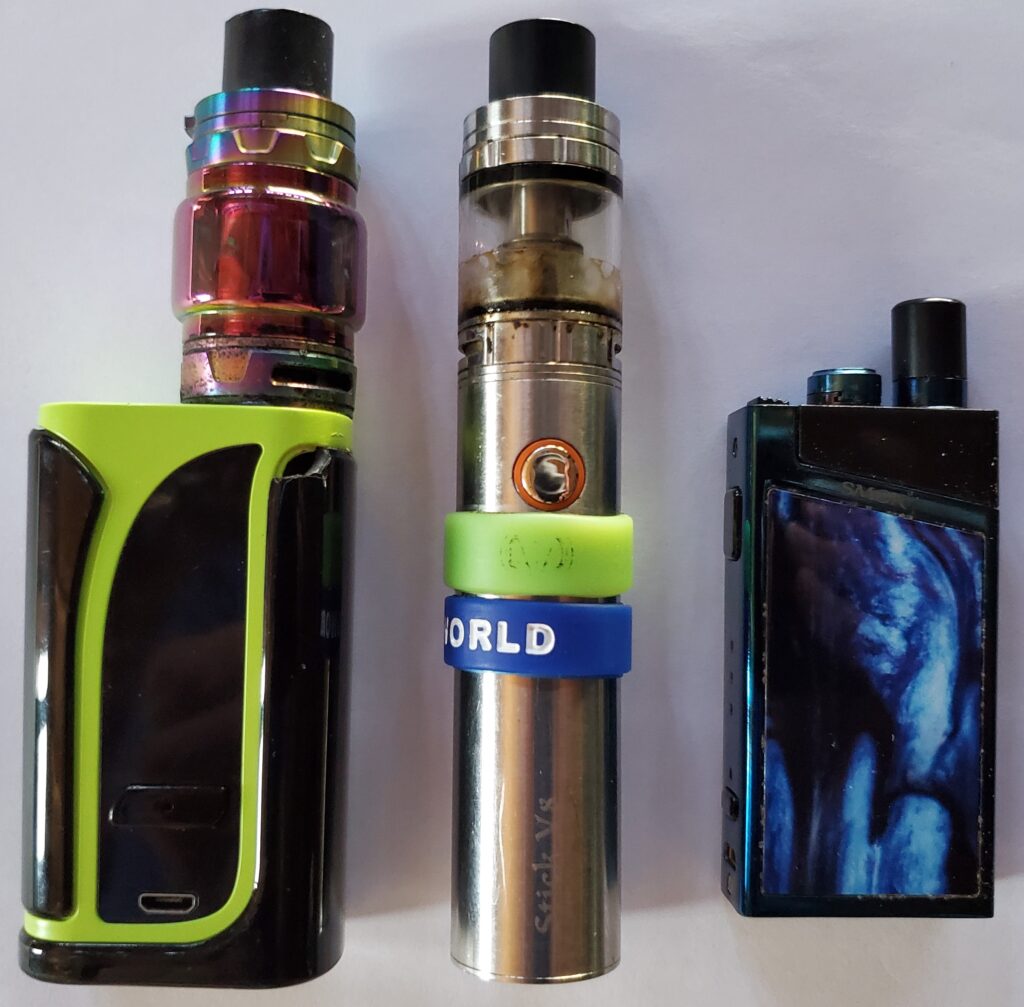
Second-hand smoking is defined as inhaling the smoke or vapor that comes from burning tobacco or e-cigarettes that is exhaled into the air by a user. Secondhand aerosol from vaping or using e-cigarettes contains:
- A high concentration of ultra-fine particles
- These particles may exacerbate asthma, chronic bronchitis and constrict blood vessels which could trigger a heart attack
- Carcinogenic chemicals including benzene, cadmium, formaldehyde, nickel and propylene glycol which is one of the primary ingredients of the vaping solution
Short term exposure to secondhand nicotine vape is associated with an increased risk of bronchitis and shortness of breath. (T.Islam, http://orcid.org/0000-0002-2837-865XTalat Islam1) Secondhand exposure to all forms of e-cigarettes is not only harmful from absorption from the respiratory tract but also from absorption of chemical through the skin called transdermal absorption. (Bhatt JM Paediatr Respir Res. 2020. Nov. 36-75. doi: 10.1016./j.prrv.2020.09.003)
Thirdhand Vape Exposure: Residual Chemicals and Long-Term Risks
Third-hand smoke (vapor) is defined as exposure to the residue from tobacco smoke/vape gasses and particles from conventional cigarettes, e-cigarettes and other tobacco products that cling to surfaces such as clothing, skin, hair and furniture. These pollutants can persist for minutes to months in indoor environments. Exposure occurs through ingestion of dust, absorption through the skin and inhalation. Traditional cleaning may not be effective in removing all the third-hand compounds that may strongly adhere to surfaces. (Almeida-da-Silva CLC, Biomed J. Jun;44(3) 2020)
Vaping and Heart Disease: Cardiovascular Risks of E-Cigarette Use
Research studies have shown that e-cigarettes raise blood pressure and heart rate, change the artery walls so that they become stiffer and less elastic, and inhibit the function of blood vessels by damaging their lining. These effects are risk factors for blood clots and fatty build-up inside artery walls which can lead to heart attacks. A study found a link between e-cigarettes and heart attacks. More evidence is accumulating showing vaping has negative effects on the lungs. E-cigarettes are a relatively new product and the long-term health effects are unknown. (Kavousi M, Pisinger C, Barthelemy JC, et al. Eur J Prev Cardiol.2020)
Key Takeaways
- The mounting evidence paints a clear picture: vaping is far from a harmless habit.
- The immediate dangers of nicotine poisoning and “Nic-Sick” symptoms to the severe, potentially fatal lung injuries associated with EVALI, the risks are substantial.
- The long-term effects on cardiovascular health and the insidious nature of nicotine addiction, especially in vulnerable adolescents, further underscore the need for caution.
- Moreover, the dangers of secondhand and thirdhand exposure extend beyond the user, impacting the health of those nearby.
- With ongoing research continuously revealing new insights into the detrimental effects of e-cigarettes, it’s crucial to recognize that vaping poses significant and multifaceted health risks, and that the long term effects are still unknown.
What Can You Do to Help
Kids are smart. The best way to help them is to help them understand the consequences of vaping and let them make good decisions on their own.
If you’d like more resources consider implementing an educational program like ACT on Drugs Presents a Conversation with The Drug Lady. You can find out more by visiting our homepage actondrugs.org.

